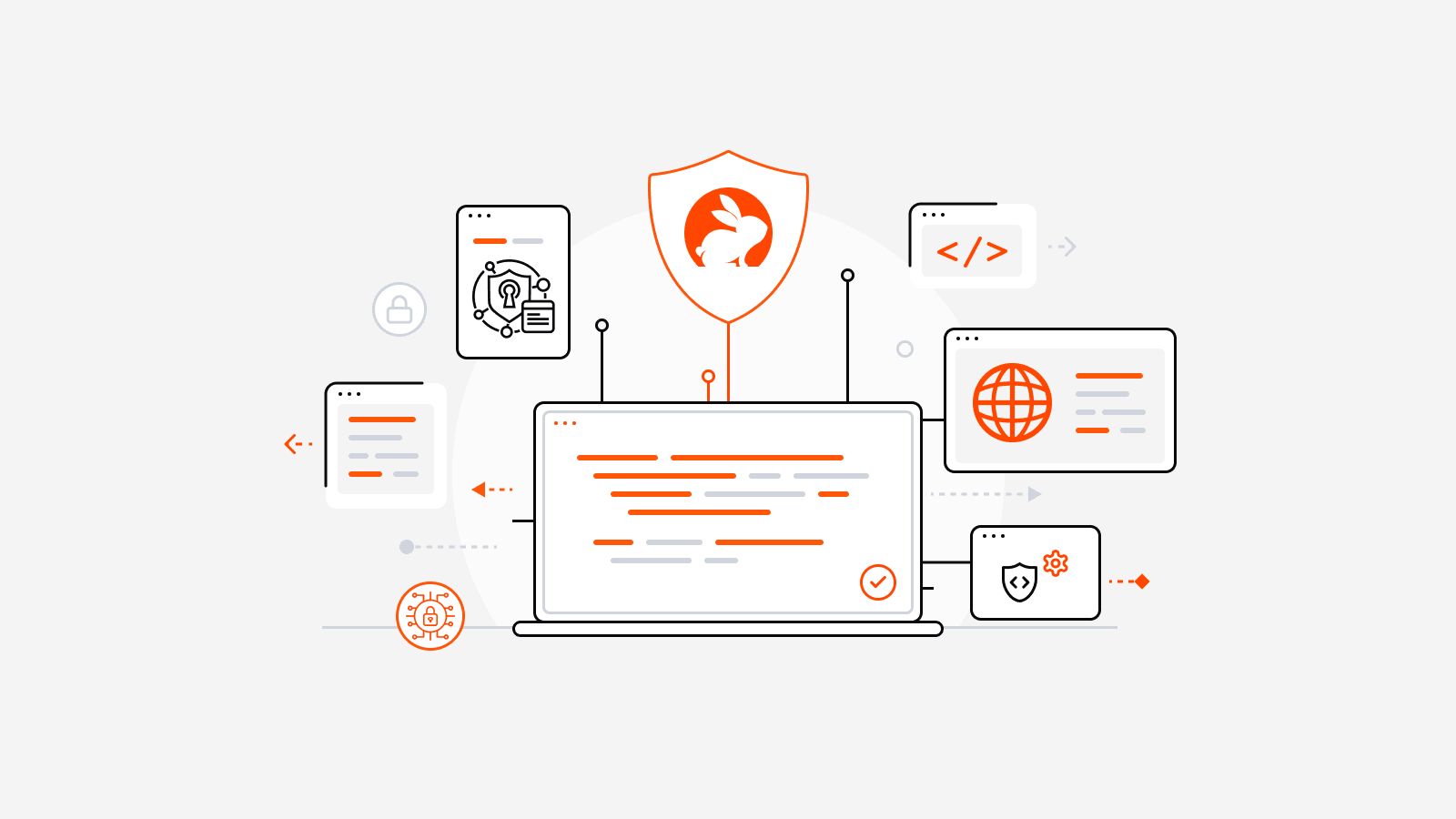Reduce Tech Debt: AI's Role in Efficient Coding
by Aravind Putrevu
April 15, 2024
6 min read

by Aravind Putrevu
April 15, 2024
6 min read

Most installed AI app on GitHub and GitLab
Free 14-day trial
Most installed AI app on GitHub and GitLab
Free 14-day trial

Still have questions?
Contact us